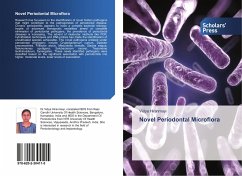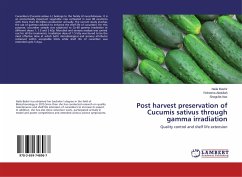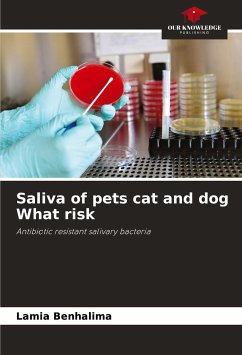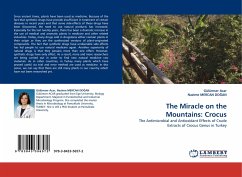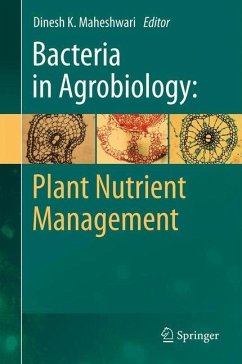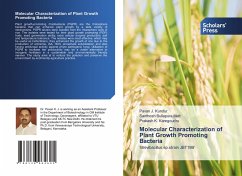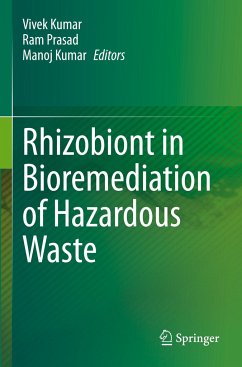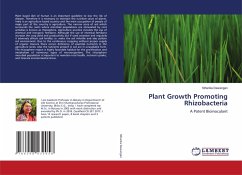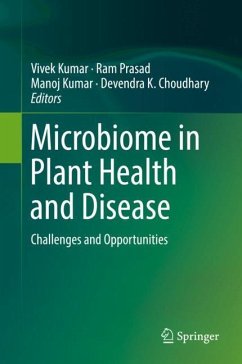
Rhizosphere Microflora of Saffron (Crocus sativus L.)
Isolation and characterization, for use in sustainable crop production
Versandkostenfrei!
Versandfertig in 6-10 Tagen
30,99 €
inkl. MwSt.

PAYBACK Punkte
15 °P sammeln!
Saffron, although one of the most important crops, has received very little attention from the scientific community. Particularly, no reports are available on the rhizosphere microbiology of the crop that would show the relationship between the corm and fertility management. The rhizosphere was evaluated by the use of different selective media. Isolates were characterized on morphological and biochemical basis. These isolated were screened for their growth promoting activities on the basis of production of ammonia, hydrogen cyanide, phosphate solubilization and production of Indole acetic acid...
Saffron, although one of the most important crops, has received very little attention from the scientific community. Particularly, no reports are available on the rhizosphere microbiology of the crop that would show the relationship between the corm and fertility management. The rhizosphere was evaluated by the use of different selective media. Isolates were characterized on morphological and biochemical basis. These isolated were screened for their growth promoting activities on the basis of production of ammonia, hydrogen cyanide, phosphate solubilization and production of Indole acetic acid. This study clearly indicates that bacteria associated with the rhizosphere of Saffron have beneficial effects on growth.



